Oil Painting Replica The Silver Goblet by JeanBaptiste Simeon Chardin (16991779, France
The Young Schoolmistress. Jean-Siméon Chardin. Room 33. Still Life with Bottle, Glass and Loaf. Imitator of Jean-Siméon Chardin. Not on display. Jean-Siméon Chardin, The Water Cistern ('La Fontaine'), 1733 or later (possibly 1737-9). Read about this painting, learn the key facts and zoom in to discover more.

JeanBaptisteSiméon Chardin Soap Bubbles Painting Reproductions, Save 5075, Free Shipping
| Detroit Institute of Arts Museum Chardin , late 18th century Jean Siméon Chardin, French, 1699-1779 Juste Chevillet, French, 1729-1790 Engraving and etching printed in black ink on laid paper Plate: 13 3/8 × 9 1/2 inches (34 × 24.1 cm) Sheet: 15 3/4 × 11 inches (40 × 27.9 cm) Gift of Mr. and Mrs. Lawrence A. Fleischman 59.134 Details
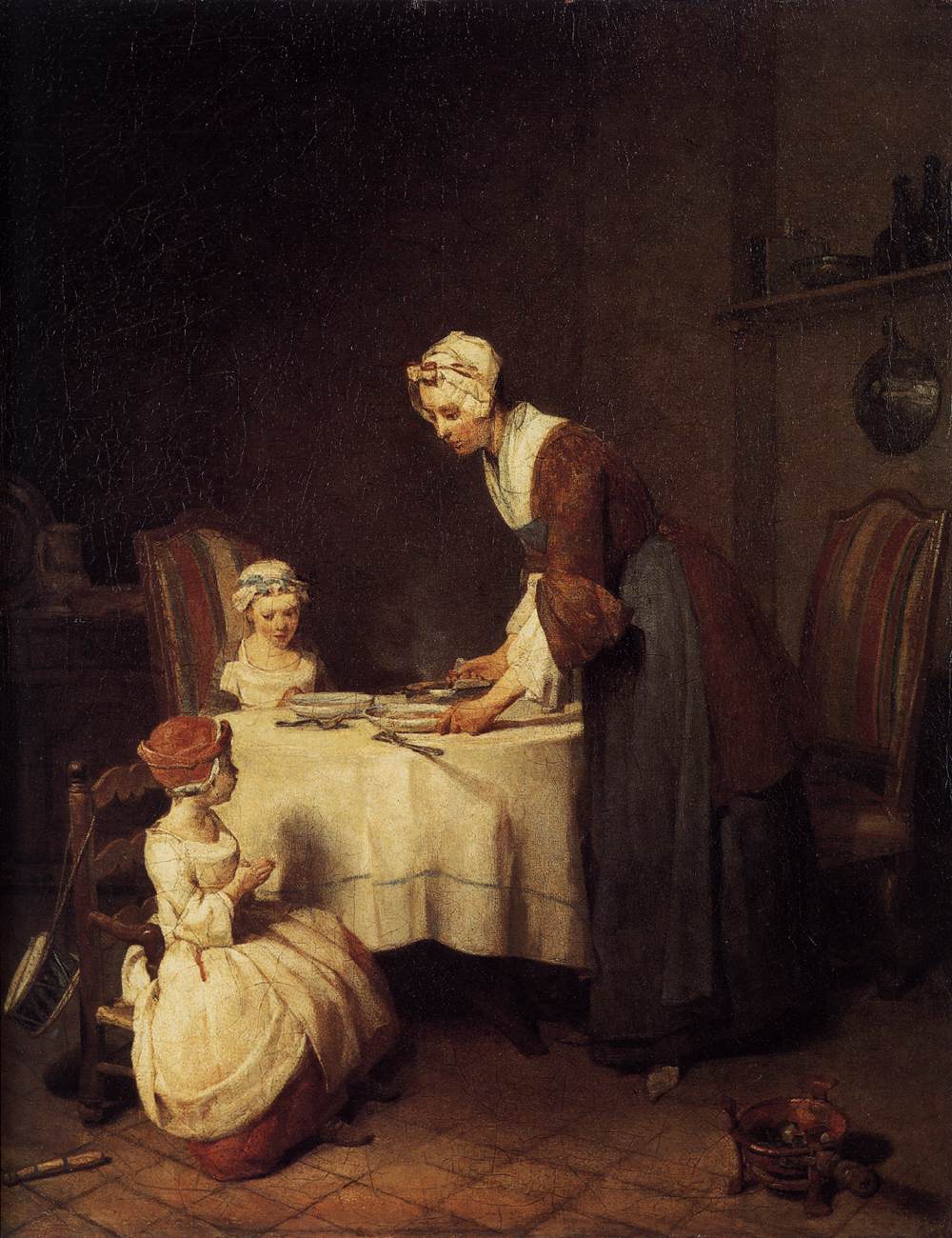
The Prayer before Meal JeanBaptisteSimeon Chardin encyclopedia of visual arts
In 1728 he was inscribed in the academy as a painter 'of animals and fruits'. In addition to still life, Chardin turned to genre pieces reflecting the domestic values of order, industriousness,education and affection. His major sources were the domestic genre of 17th-century Dutch Art.
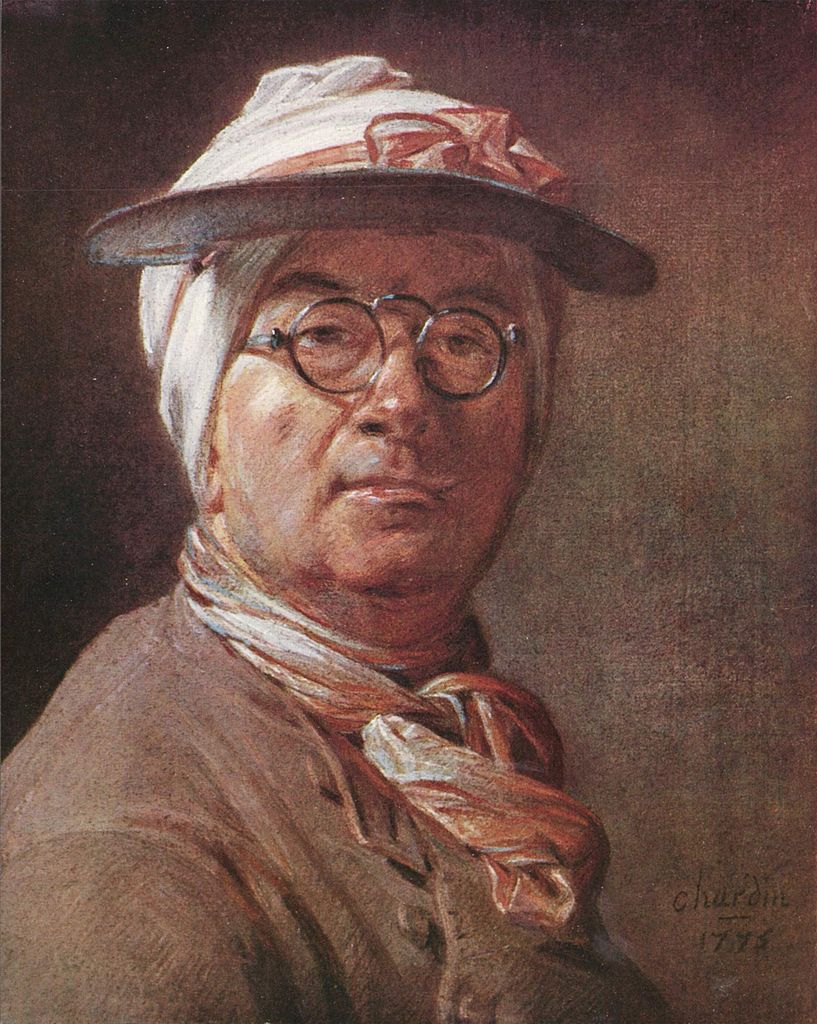
Biographie et oeuvre de JeanSiméon Chardin (16991779)
Jean Siméon Chardin was one of the most famous European artists of the 18th century. Admitted to the Académie Royale de Peinture in 1728, Chardin was unanimously recognized as a master of still lifes, as well as a particularly delicate portraitist and a genre painter of exceptional subtlety.. And that is the miracle of the things Chardin.
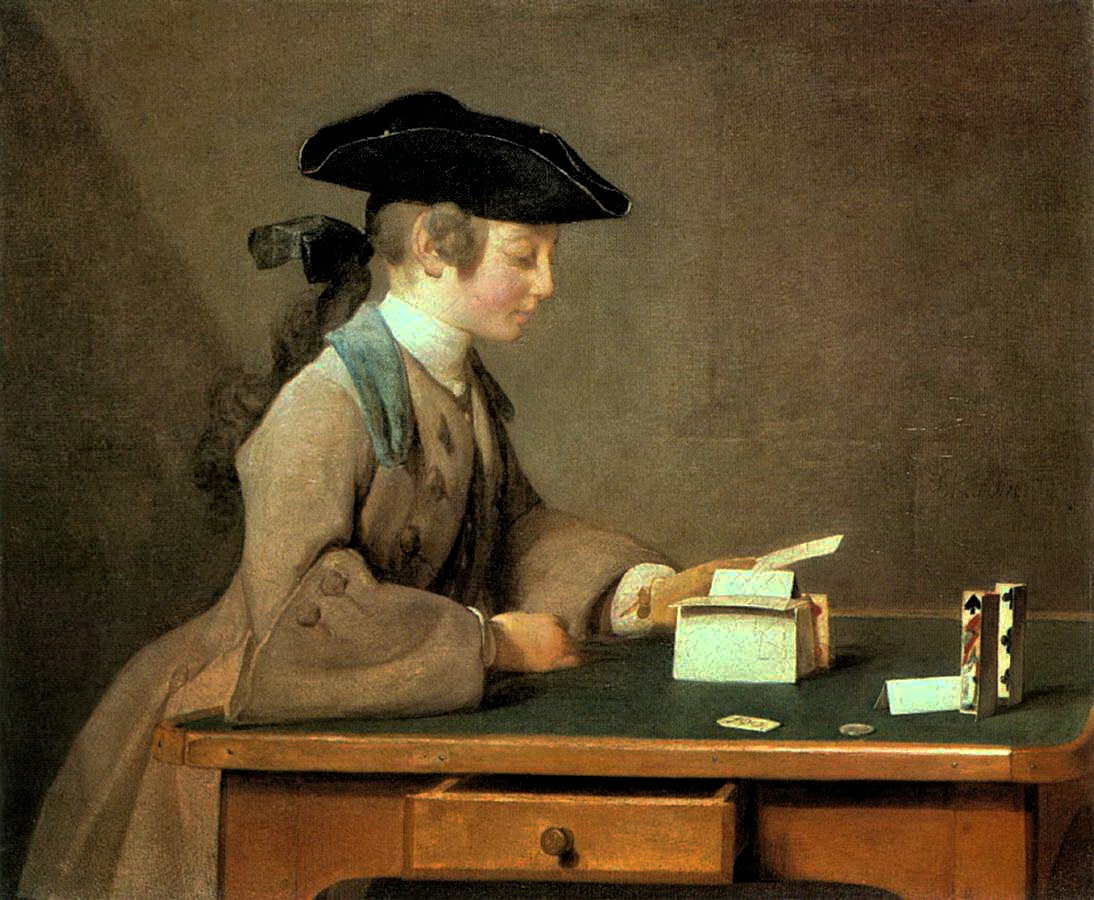
Decir Silencioso Jean Baptiste Simeon Chardin
Artist: Jean Siméon Chardin (French, Paris 1699-1779 Paris) Date: ca. 1733-34 Medium: Oil on canvas Dimensions: 24 x 24 7/8 in. (61 x 63.2 cm) Classification: Paintings Credit Line: Wentworth Fund, 1949 Accession Number: 49.24 Learn more about this artwork

Still Life with Herrings, 1735 Painting by JeanSimeon Chardin
Jean-Baptiste-Siméon Chardin was an eighteenth-century French painter renowned for his still lifes and genre paintings—depictions of domestic scenes and everyday life. His paintings stood in contrast to the Rococo style popular at the time, which prioritized grand historical figures and symbolic meaning. The charm of Chardin's work lies in.
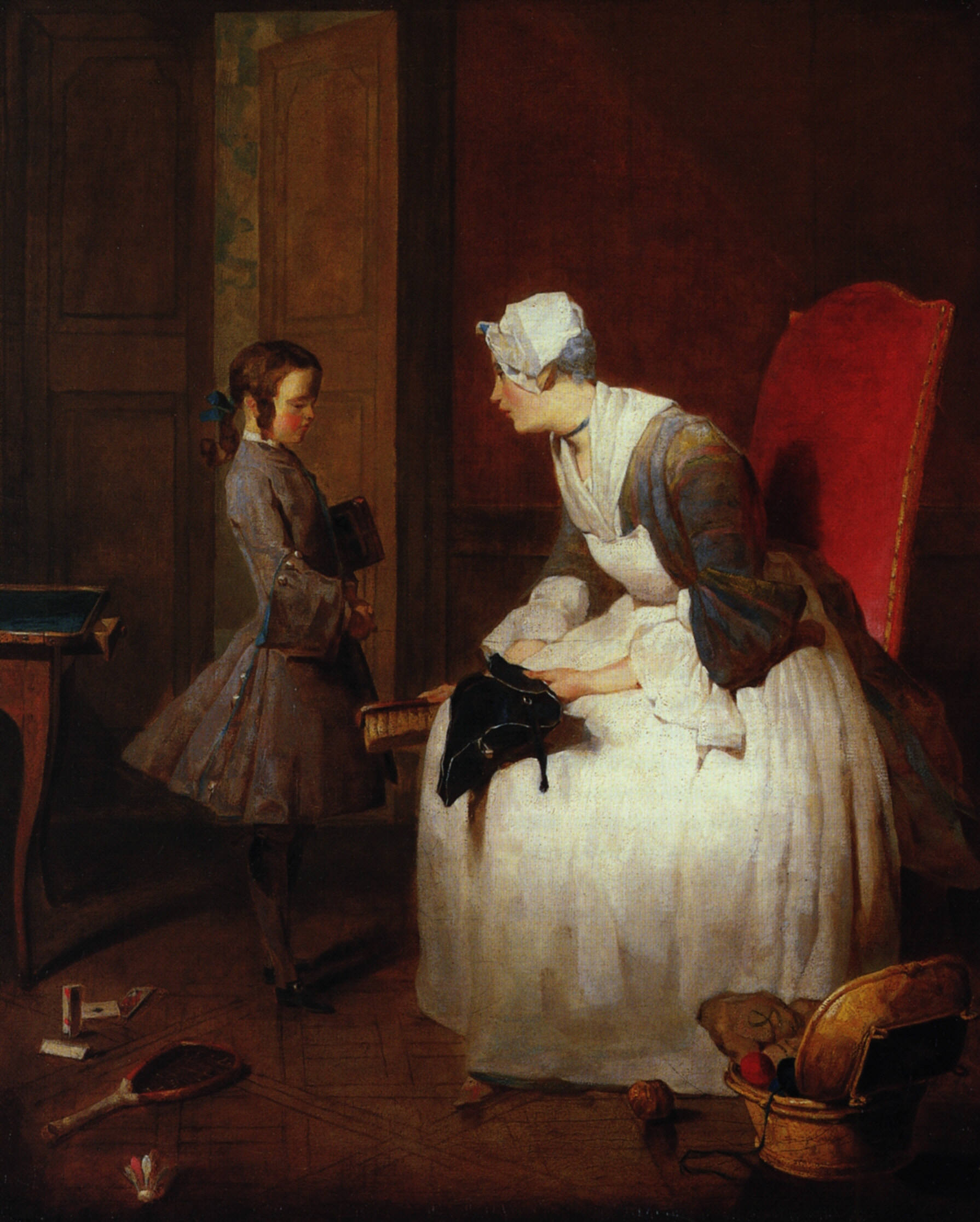
The Governess JeanBaptisteSimeon Chardin encyclopedia of visual arts
Jean Siméon Chardin, French, 1699 - 1779, Soap Bubbles, probably 1733/1734, oil on canvas, Gift of Mrs. John W. Simpson, 1942.5.1. 3 of 13. When Chardin returned to still-life painting late in his life, he employed a freer style than the more refined technique he had used for figures. His contemporaries painted dead game with trompe-l'oeil.
Art Reproductions Still Life with Herrings, 1731 by JeanBaptiste Simeon Chardin (16991779
Jean-Siméon Chardin. Not on display. Still Life with Bottle, Glass and Loaf. Imitator of Jean-Siméon Chardin. Not on display. Jean-Siméon Chardin, The Young Schoolmistress, about 1737. Read about this painting, learn the key facts and zoom in to discover more.

The Governess Painting Jean Baptiste Simeon Chardin Oil Paintings
Jean Siméon Chardin ( French: [ʒɑ̃ simeɔ̃ ʃaʁdɛ̃]; November 2, 1699 - December 6, 1779 [1]) was an 18th-century French painter. [2] He is considered a master of still life, [3] and is also noted for his genre paintings which depict kitchen maids, children, and domestic activities.
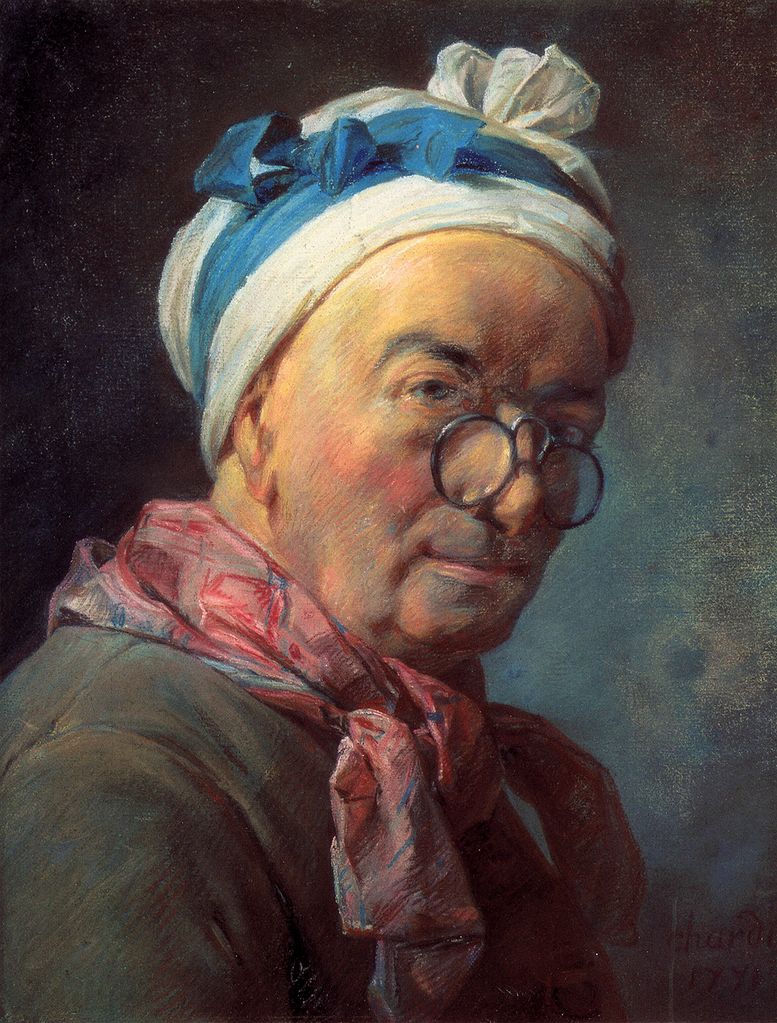
Biographie et oeuvre de JeanSiméon Chardin (16991779)
Jean-Baptiste-Siméon Chardin (French: [ʃaʁdɛ̃]; November 2, 1699 - December 6, 1779) was an 18th-century French painter. He is considered a master of still life, and is also noted for his genre paintings which depict kitchen maids, children, and domestic activities.

Museum Art Reproductions The Kitchen Maid, 1738 by JeanBaptiste Simeon Chardin (16991779
Jean Siméon Chardin West Building, Main Floor - Gallery 53 In European art, images of children blowing soap bubbles often suggest how frivolous and short our time on earth is. Life, like fragile bubbles, is fleeting. But Chardin paints this subject in a way that suggests more than simple morality.
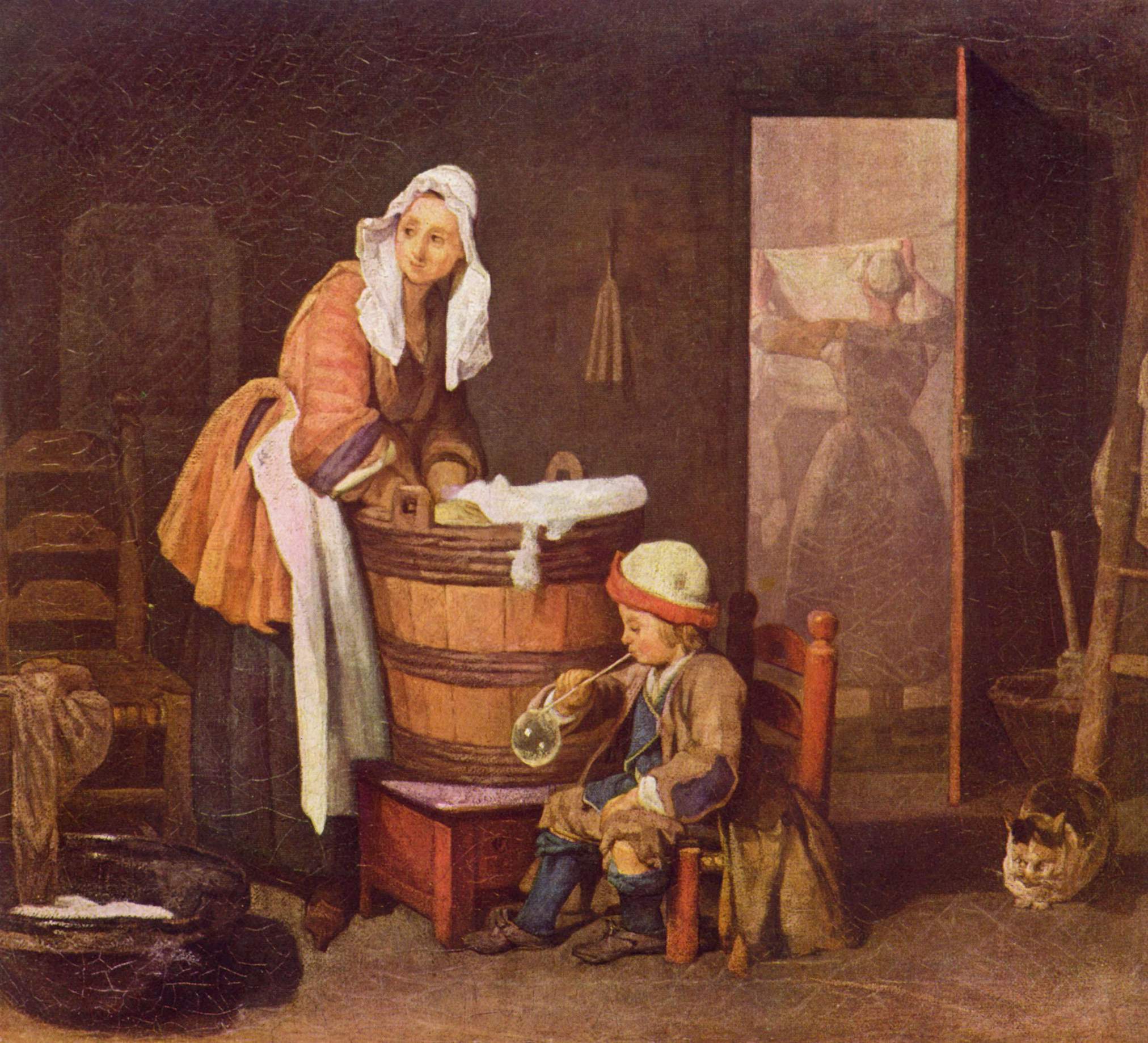
The laundress JeanBaptisteSimeon Chardin encyclopedia of visual arts
Jean Siméon Chardin (often in his lifetime also called Jean Baptiste Siméon Chardin) [1] was born in Paris in 1699 and spent his entire life there. Such a parochial existence was unusual for an artist of Chardin's critical, official, and international reputation.
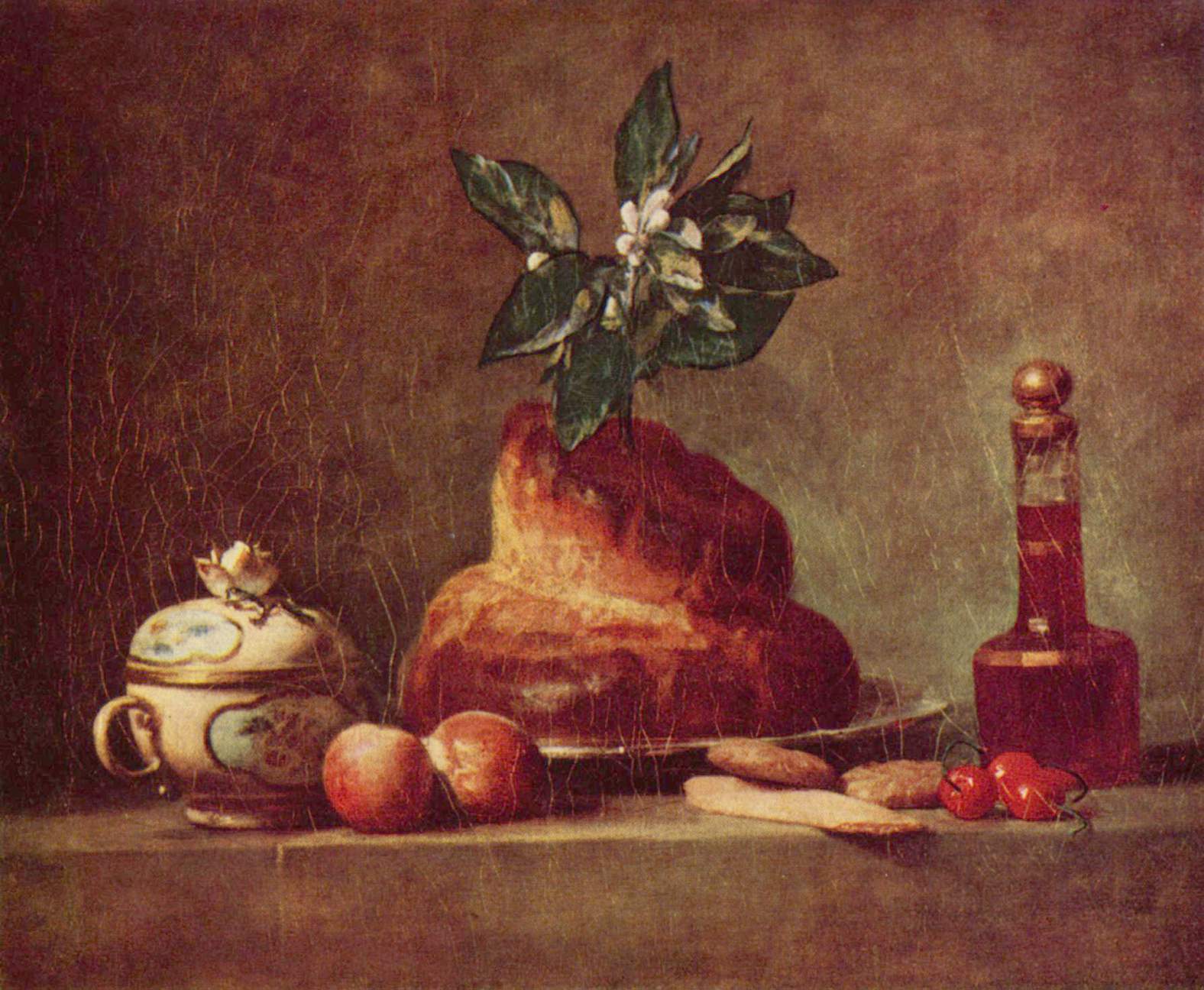
Still life with Brioche JeanBaptisteSimeon Chardin encyclopedia of visual arts
Jean-Baptiste-Siméon Chardin French Painter Born: November 2, 1699 - Paris, France Died: December 6, 1779 - Paris, France The Rococo "I must forget everything I have seen, and even forget the way such objects have been treated by others." 1 of 6 Summary of Jean-Baptiste-Siméon Chardin
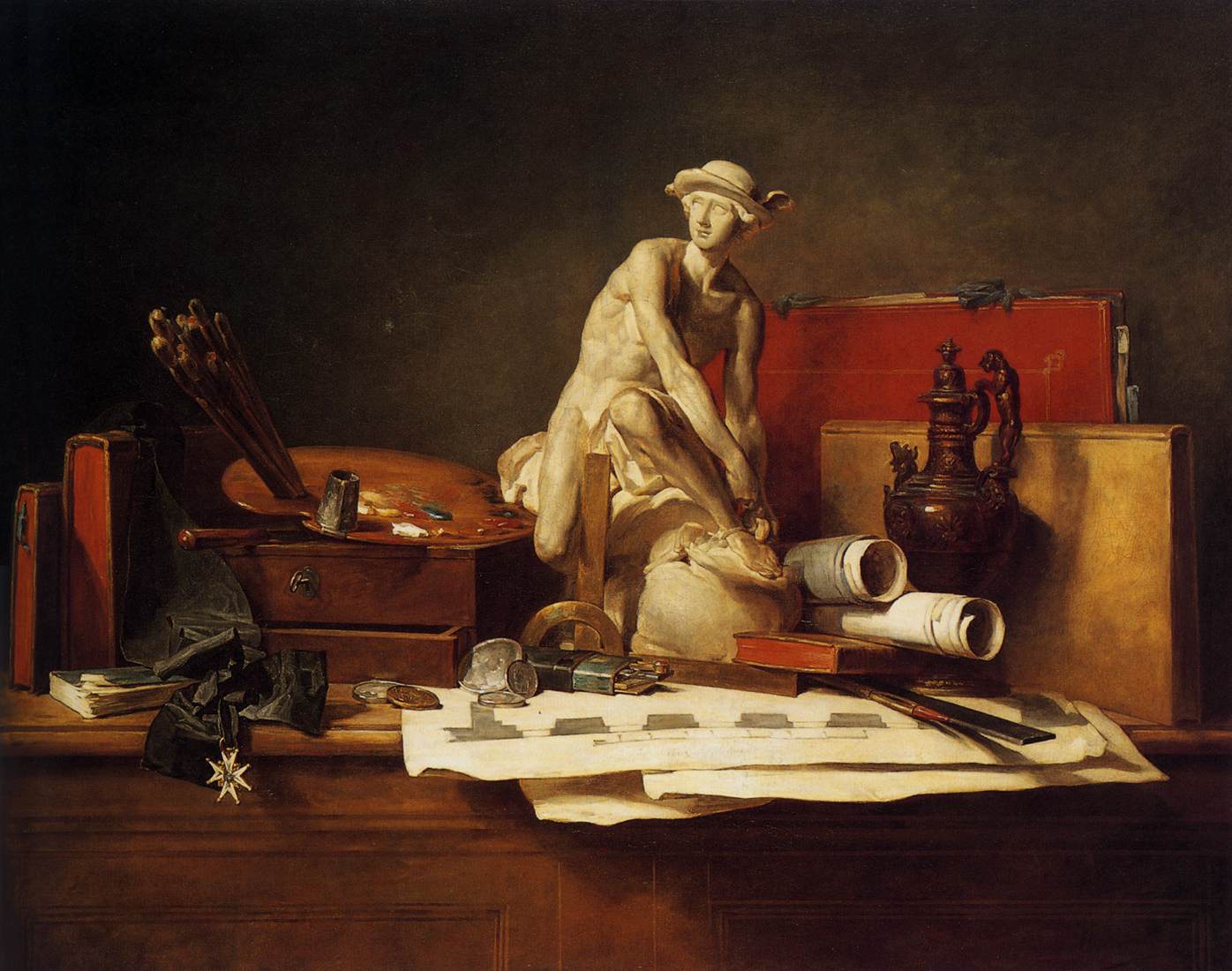
The Attributes of Art JeanBaptisteSimeon Chardin encyclopedia of visual arts
Jean-Baptiste-Siméon Chardin was an important 18th-century French painter known for his modestly scaled still-life paintings. View Jean-Baptiste-Siméon Chardin's 197 artworks on artnet. Find an in-depth biography, exhibitions, original artworks for sale, the latest news, and sold auction prices. See available paintings, prints and multiples, and works on paper for sale and learn about the.

JeanSiméon Chardin Still Life with a White Mug (ca. 1764) Artsy
The boy is Jean-Alexandre Le Noir, whose father, Jean-Jacques Le Noir, was a furniture dealer and cabinet-maker. A close friend of Chardin, who had witnessed the artist's marriage in 1744, Jean-Jacques Le Noir had commissioned several paintings from him, including a portrait of Madame Le Noir (now lost and known only from an engraving).

JeanSiméon Chardin A Bowl of Plums (ca. 1728) Artsy Big box art, Painting still life
Chardin is represented in the Museum's collection by three outstanding still lifes: the present pair, dating from 1728, and a still life with a pestle and mortar, pitcher and small copper cauldron or cooking pot, dating to some years later. The naturalist trend to which Chardin's art can be ascribed co-existed in 18 th -century France with.